In the year 2023, the sales recovery showcased the industry’s resilience and potential for robust growth after facing challenges in the preceding years due to the pandemic.
Recovery in Rural Economy:
A significant highlight of 2023 has been the resurgence of the 100-110cc motorcycle segment. Improved disposable income in rural areas, advancements in infrastructure, and the growth of e-commerce contributed to positive developments in rural regions. Festive season enthusiasm further propelled two-wheeler sales to reach an all-time high during the season and in November, surpassing growth in the passenger vehicle segment. According to FADA data, two-wheeler retail sales grew by 20.7 percent year-on-year to 2.89 million units during the festive period, with a 21.1 percent year-on-year increase in November to 2.25 million units.
Manufacturers like Hero MotoCorp and TVS Motor have indicated a pickup in rural growth. TVS Motor’s K N Radhakrishnan mentioned in an earnings call that rural confidence is on the rise due to higher income levels, recovery from pandemic concerns, infrastructure investments, and retail finance support. Hero MotoCorp’s CEO Niranjan Gupta also noted a more balanced urban-rural demand split during the festival season.

Trends in Premiumization:
Despite an overall slowdown in demand caused by increased prices, the premium motorcycle and scooter market exhibited resilience in 2023. The premium segment experienced numerous launches as manufacturers shifted their focus towards premiumization to capitalize on this trend. This buoyant premium market partially offset the impact of weak entry-level segment sales and sluggish export demand.
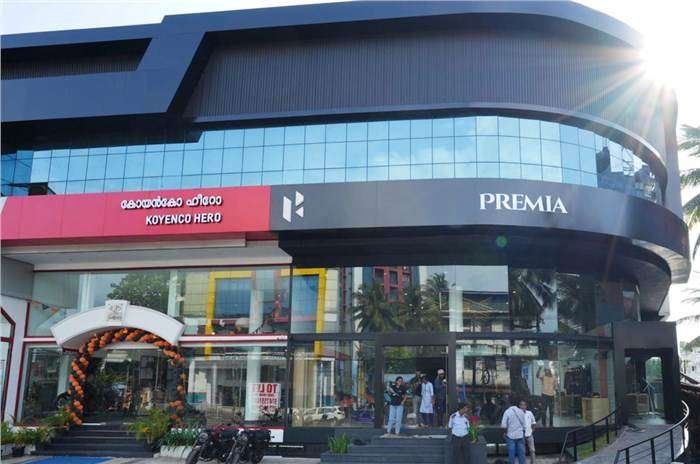
Increased Adoption of Electric Vehicles (EVs):
The electric two-wheeler industry in India faced a dynamic year in 2023, marked by rapid growth and significant challenges. Electric vehicle adoption, especially in the two-wheeler segment, reached around 5 percent, attributed to government subsidies and growing awareness of long-term economic benefits. Robust growth was observed in the first five months, with May witnessing a peak of 1,04,750 unit registrations.
However, sales faced a setback in June when the government reduced subsidies for electric two-wheelers under the second phase of the FAME scheme. The decline in incentives prompted manufacturers to increase prices, leading to a temporary decline in demand. Despite this, sales rebounded swiftly within a few months, reaching 71,604 units in October and 91,243 units in November. The cumulative January-November sales for the year showed a 38 percent year-on-year increase to 7,83,128 units.
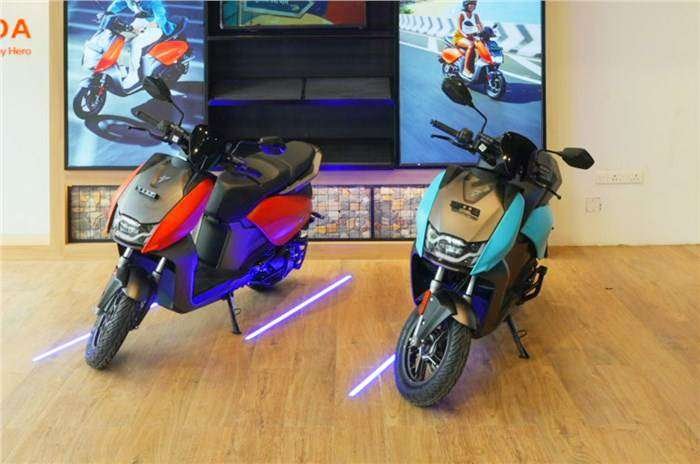
Market Consolidation and Government Actions:
Market consolidation occurred as the government took strict actions against OEMs failing to comply with local manufacturing regulations. Complaints regarding violations of sourcing norms to claim subsidies led to investigations, with seven companies reportedly flouting guidelines. The government withheld incentives from these companies, including Hero Electric, Okinawa, Ampere, Benling India, Revolt, Amo Mobility, and Lohia Auto, and ordered them to refund subsidies with interest.
The Way Forward:
For the first time in a while, all segments of internal combustion engine (ICE) two-wheelers are growing simultaneously. The better distribution of income in rural areas is expected to boost the entry segment, while a growing economy is likely to sustain demand in the premium segment.
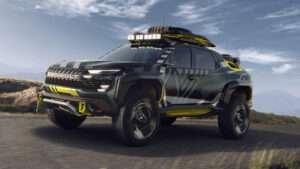
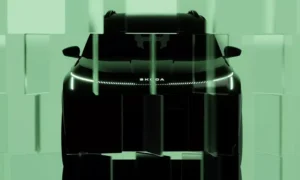
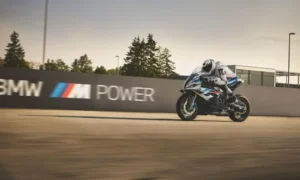
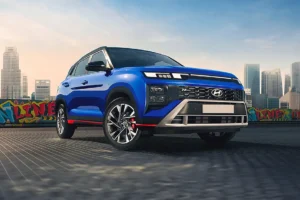
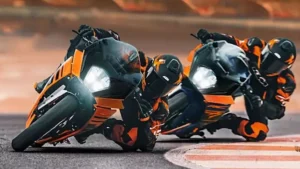

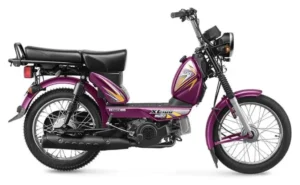
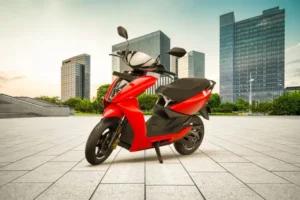
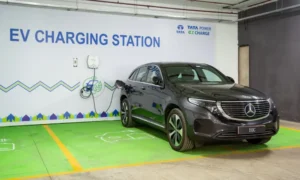


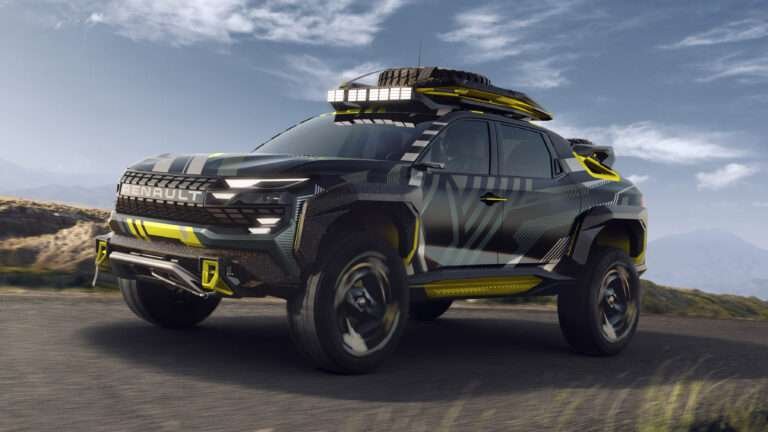
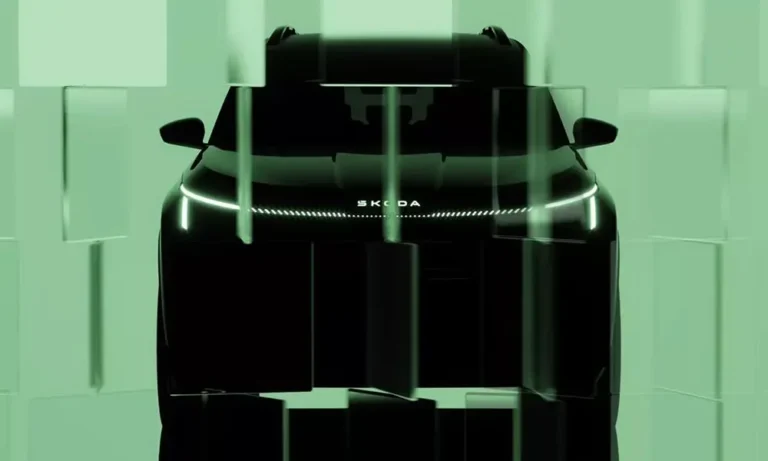

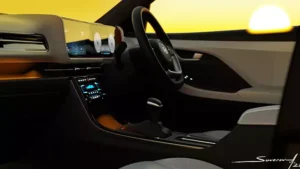
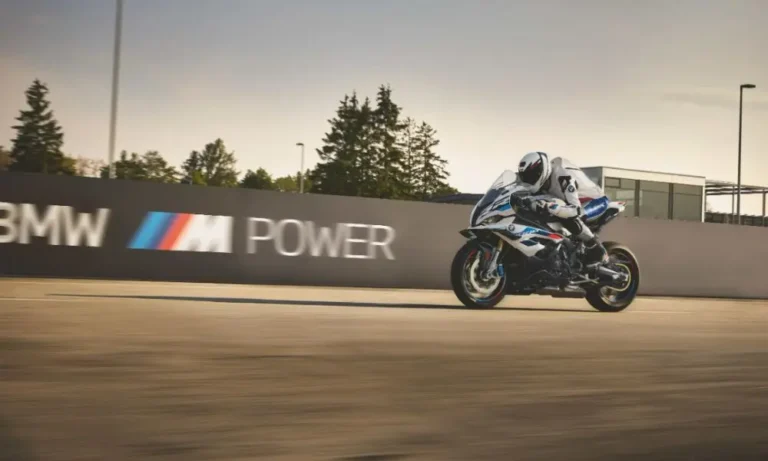
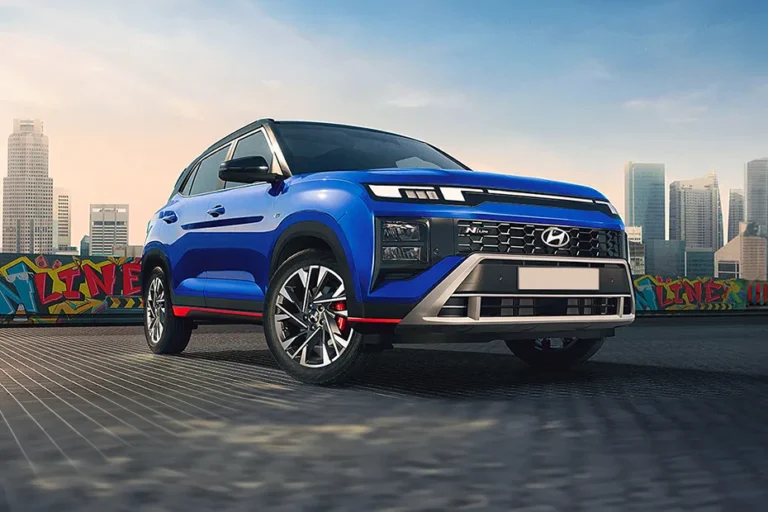
+ There are no comments
Add yours